Suppose you want a camera that you can easily put away,
is waterproof, shock proof, frost resistant, can shoot macro and far away, film in 4K, provides your pictures from exact shooting location, and if possible more…
Not an abnormal question I think, because if you are sportsman, adventurer, nature person and even a family man, you could be searching for such a camera.
I myself am a Bushcrafter, and need a camera that can handle something, sitting in my breast pocket chopping wood, wading through a field of blackberries, working in dirt and sand, wading through a stream…
Which camera could be an option ?
I am not brand bound – nor am I paid for/or promoting anything.
I like Fuji for photography – the best !
But after weighing, watching multiple videos, researching brands such as the Panasonic FT series, Pentax WG series, Fuji, Nikon, etc.
It was quite clear that the Olympus TG-6 was out of reach of the others, and actually the only choice for a real Sportsman, Adventurer, Diver, Documenter…and Bushcrafter.
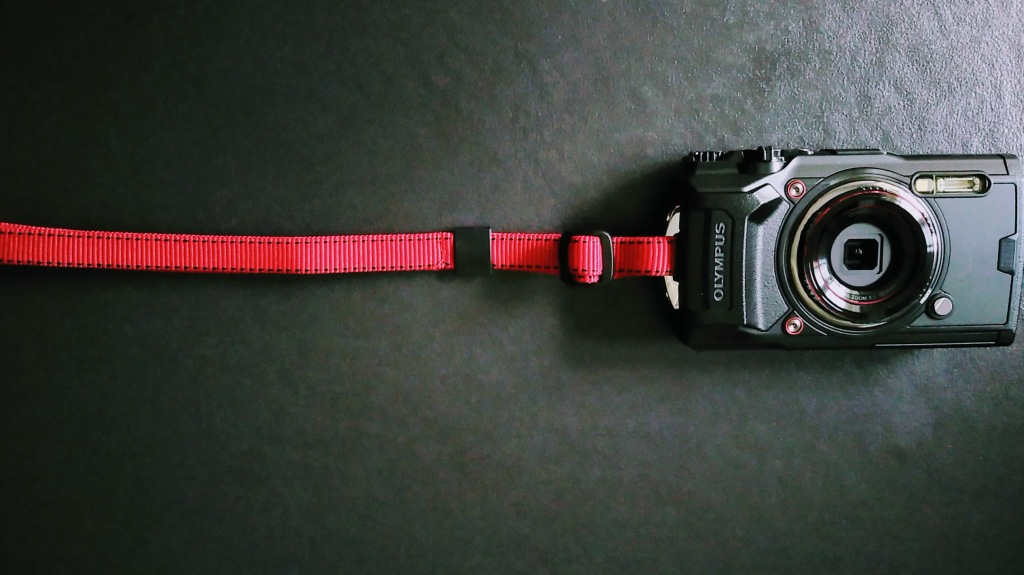
So, the Olympus Tough TG-6, but why ?
Well, let’s start with what I’ve used before. First I had a normal compact camera – actually two – first the Samsung WB650 and afterwards the WB850. Two great cameras, easy to put away, super zoom, but both so vulnerable. The lens is externally protected by a kind of metal shutter, but sand and dirt easily gets in between, so that it no longer opens/closes. But the other buttons and dials on the camera where also no match for nature. The PASM dial started to malfunction after a while, and while you were trying to take pictures, the menu came on by itself and jumped in all directions. The cause was sand that had gotten between the contacts. Standard compact cameras can be great – under normal conditions, but when a lot of dirt, sand or water is involved, they irrevocably malfunction. Then the Pentax K5/K3, yes with the right lens perfectly resistant to everything you threw at it, but you couldn’t get it in your breast pocket or trouser pocket – yes, and in the meantime, for those of you who have followed my articles, and since the switch to Fujifilm, I have sold my entire Pentax equipment except for a few lenses.
And the competition ?
Well, as said before – a lot of research goes into something before I buy anything. It’s not that other cameras in this category are worthless, it’s all about what you expect from them.
The TG-6 isn’t the cheapest camera, but higher prices don’t always determine the quality either – there’s the Ricoh G900 for example, this camera costs between €600 and €700, a lot more expensive than the TG-6, but has no wireless, no live composite, no image stabilization, no RAW support, 6400 iso instead of 12800 and so on, so paying more gives not always a better camera.
The Ricoh WG-70, is cheaper and not that bad, but the price in relation to its specs remains high, and it lacks a few key features. The worst thing about the Ricog WG-70 is that it looks more like something hanging from Batman’s utility belt. Which would be great if it also included exceptional features, unfortunately it doesn’t.
And so every camera has some problem in the comparison list.
The TG-6 has its qualities, and for its price it has a lot that the others don’t – could it be better, yes, I would have liked an APS-C sensor, but unfortunately all these cameras have the same small sensor.
Ok, but how good is it ?
- waterproof : dives 15m deep
- shock proof : resists a fall from 2m
- frost resistant : a -10 icebear
- macro : shoots macro <1cm
- wide and far : 25-100mm 35mm equivalent @ f2.0
- video : film in 4K @ 120fps
- location and tracking : GPS + altitude sensor + e compass + temperature sensor and more
Below the comparison in size with the Samsung WB850.
Comparison in size with the Fuji X100 and a fuel card/bank card.
You will have noticed that the lens, in the comparison with the Samsung, looked slightly different, that is because I replaced the lens ring – which you can remove with a button like a lens on an SLR/mirrorless – with an adapter and an uv/filter protector plus a lens cap, for extra protection. That adapter can even be used to use various attachments and lenses on the camera, yes, a wide angle, fisheye, telephoto lens, but also flash diffuser or led diffuser.
As is also possible with an SLR or mirrorless, you can take photos in RAW with this small powerhouse, for me that is a plus. It’s already a small sensor, so you can’t expect top results, but you can still update images with the RAW option.
Main Features :
- 12MP BSI-CMOS – 1 2/3inch
- iso 100-12800
- sensor shift image stabilization
- format : RAW + Jpeg super fine, fine, normal
- focal length 25-100mm 35mm equivalent
- 4sec. – 1/2000
- 4K – stereo
- GPS with e-compass, manometer, thermometer, accelerometer
- dimensions : 113 x 66 x 32 mm (4.45 x 2.6 x 1.26″)
- weight incl. batteries : 253gr
The pictures below are some test shots I took the last few days to try out the camera. The photos are the original jpegs only resized for web, no other image edits.
Its RAW, and shoots RAW – there is nothing like it – its the Olympus TG-6 !
Highly recommended for adventurers and sports people or anyone who needs a tough camera.
Discover more from Open Source Photography
Subscribe to get the latest posts sent to your email.


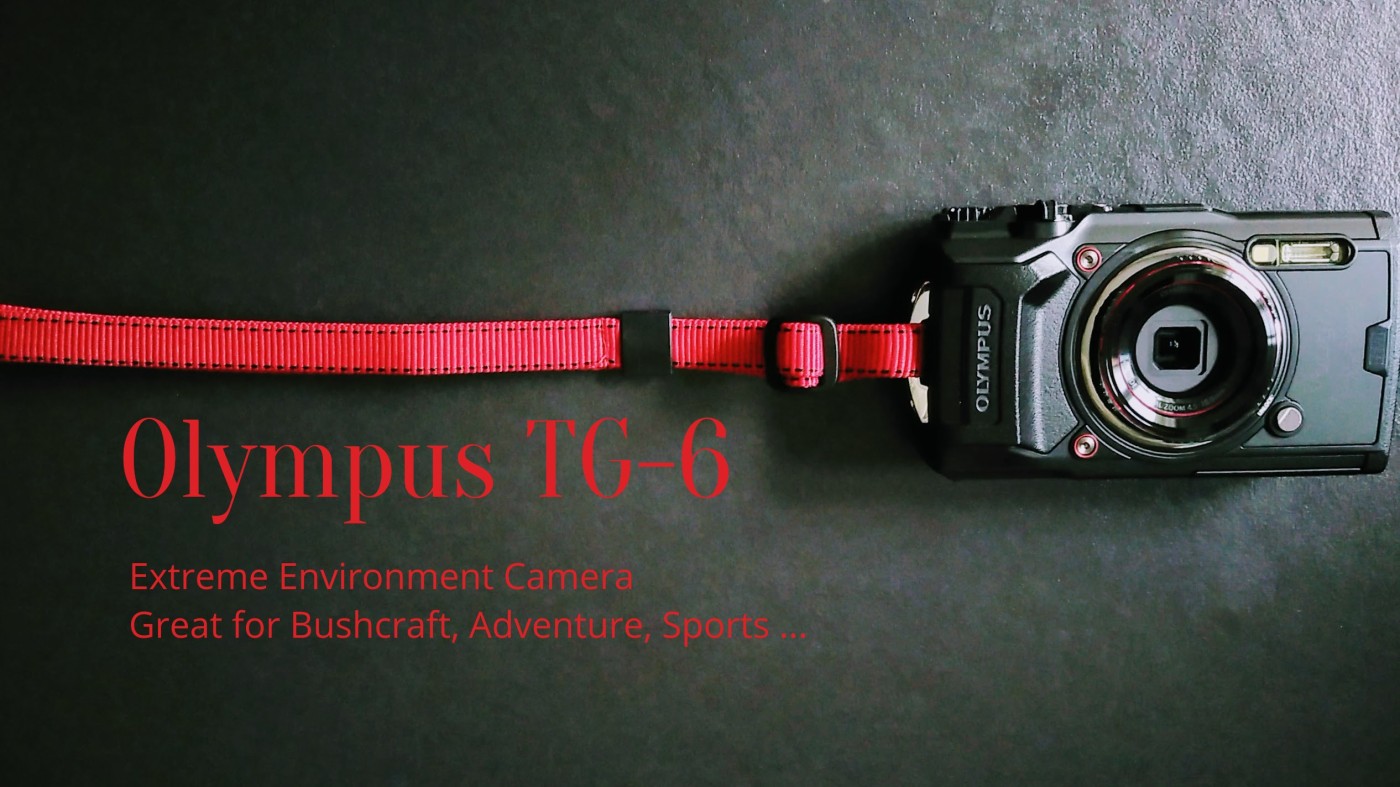
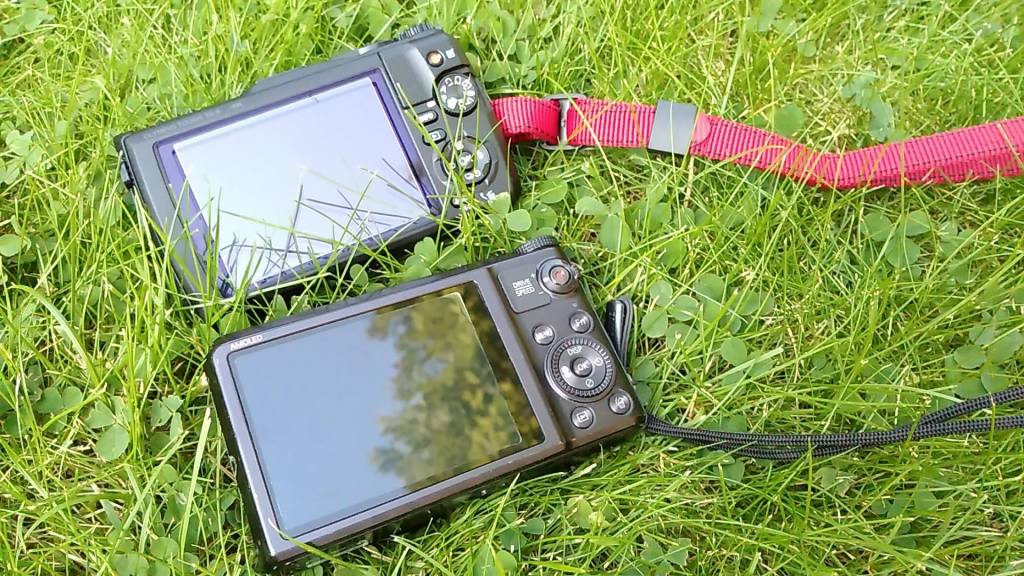
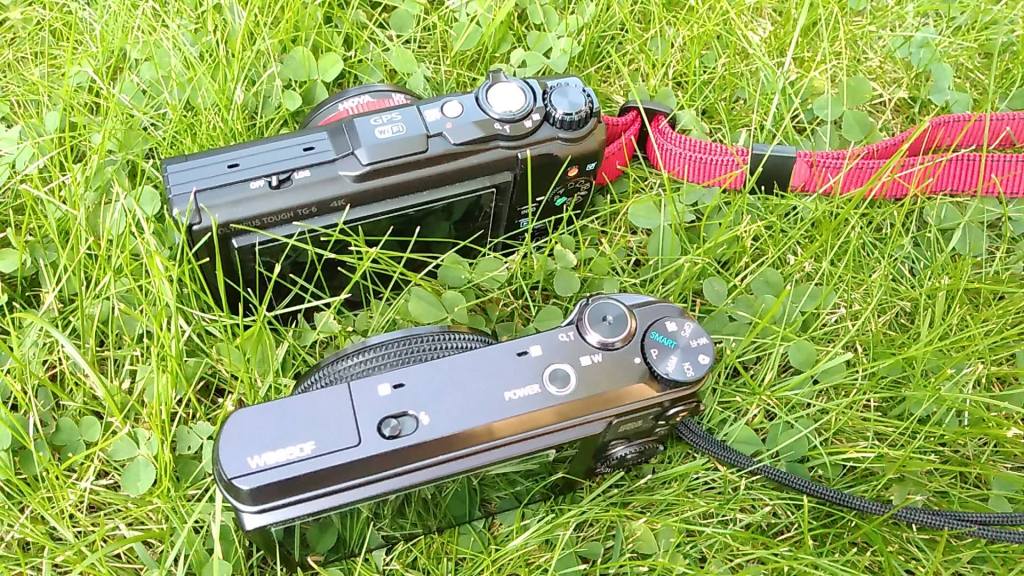
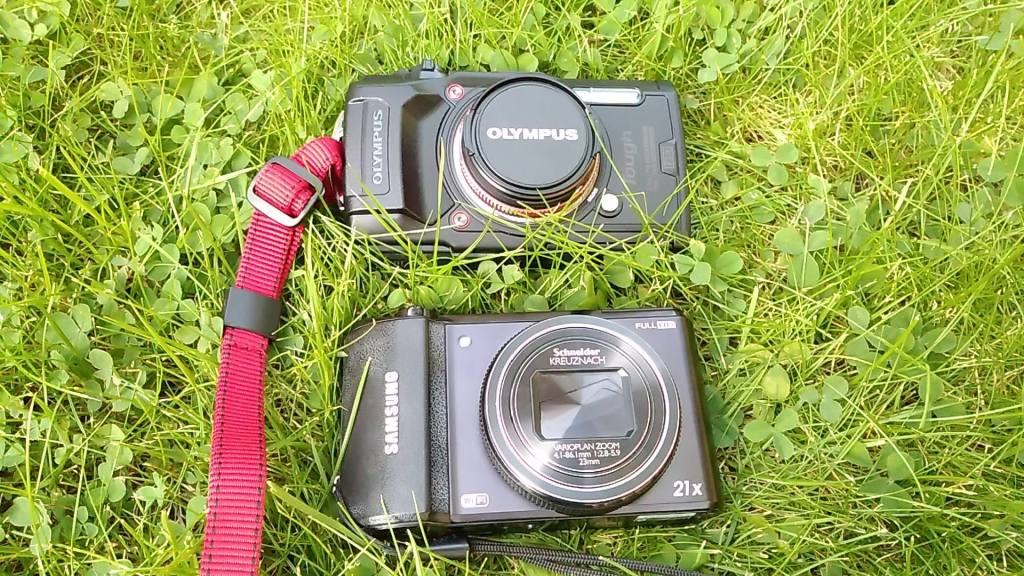
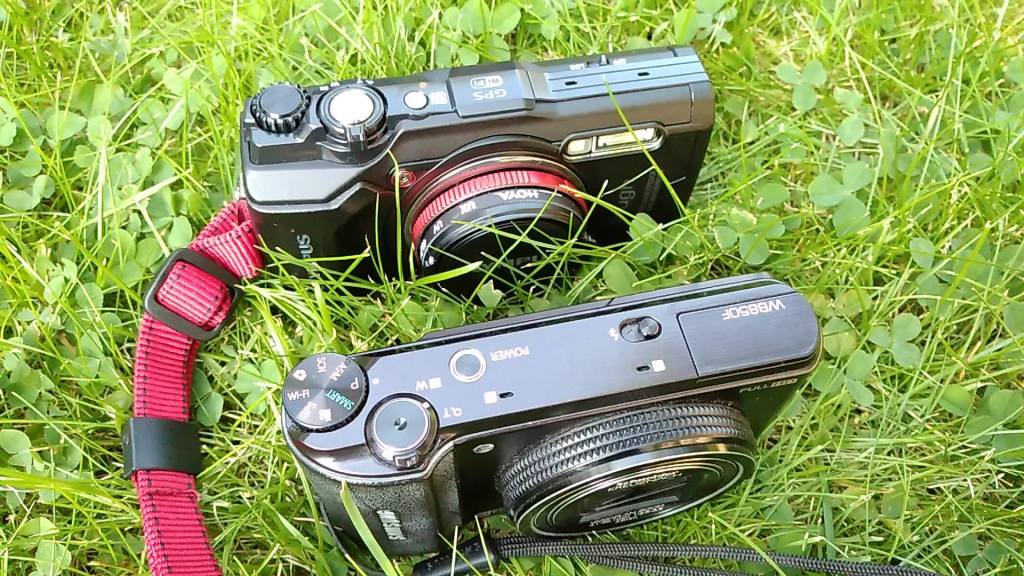
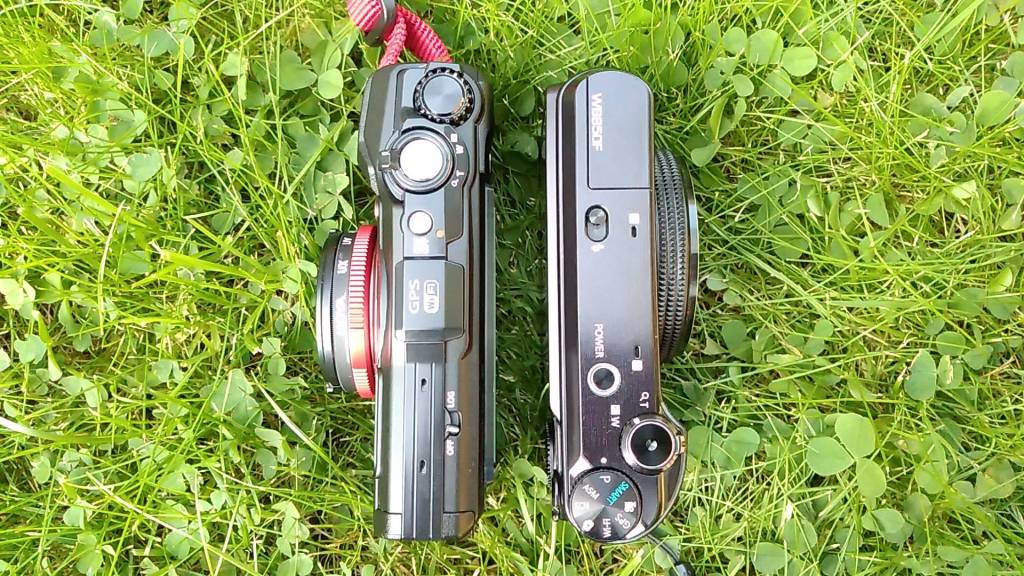
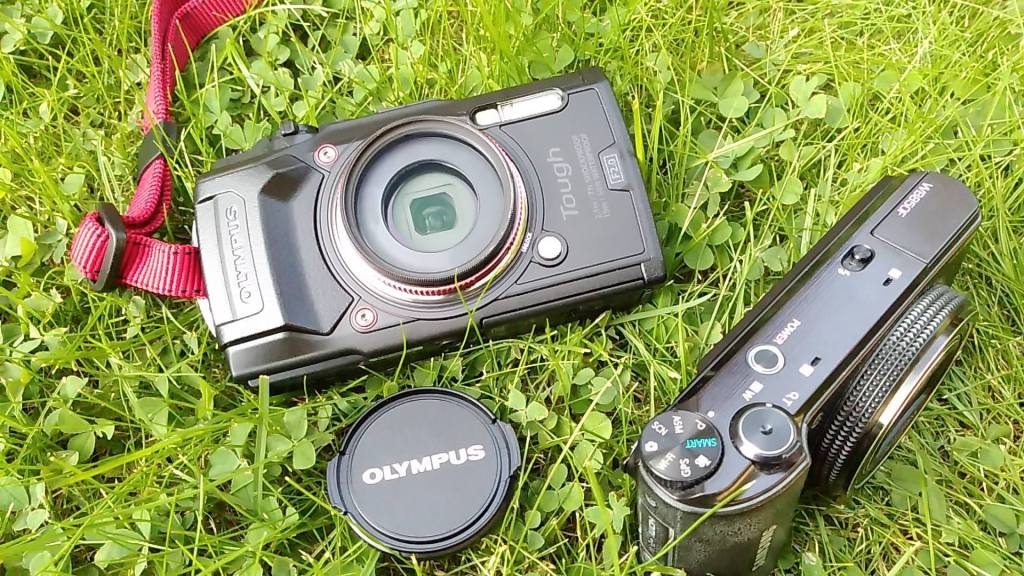
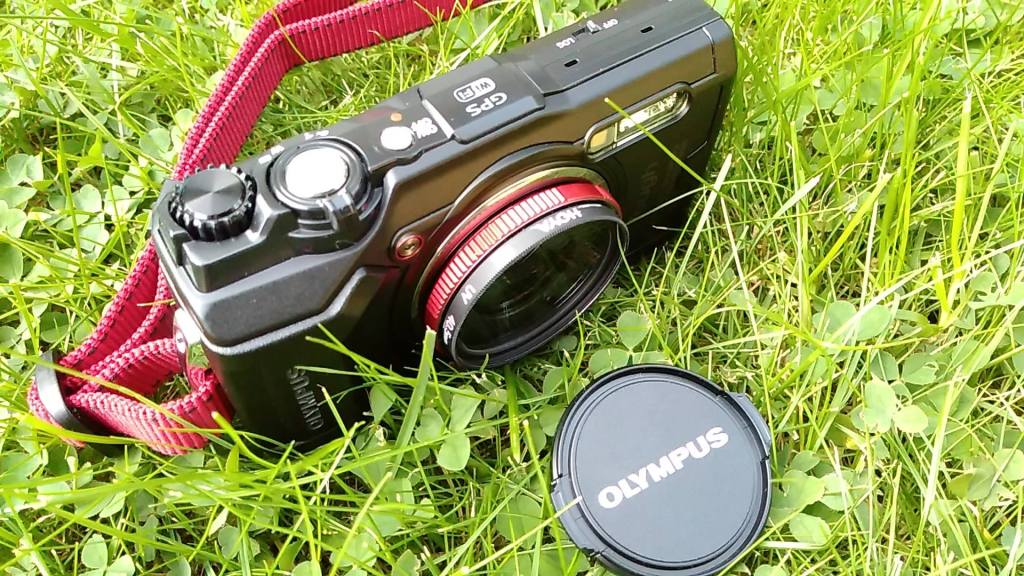
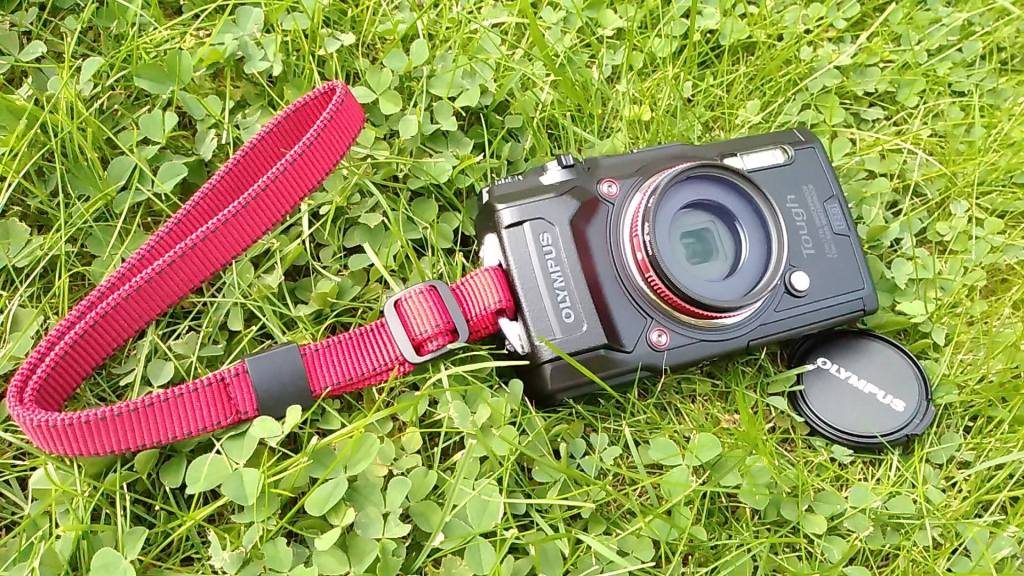
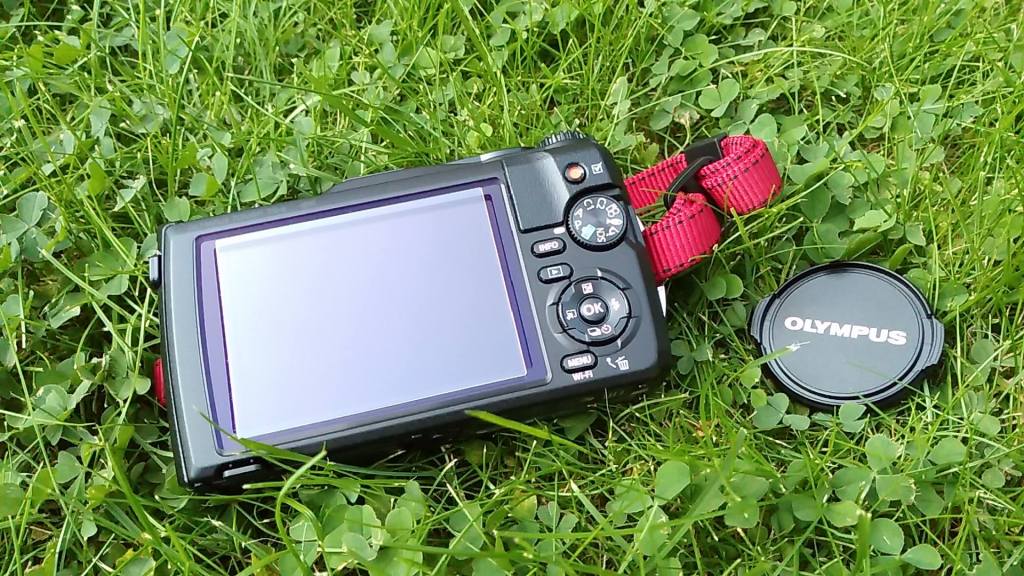
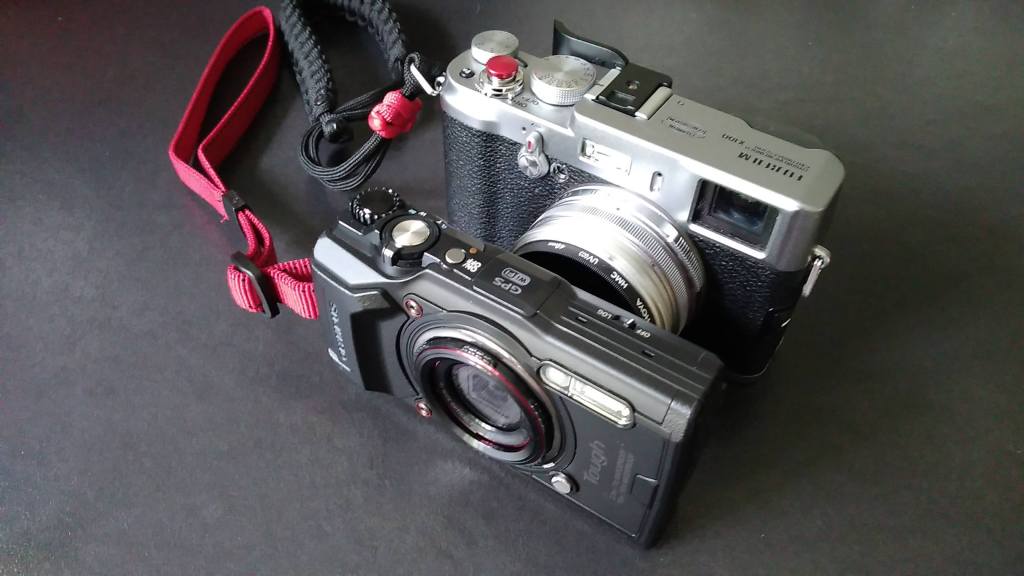
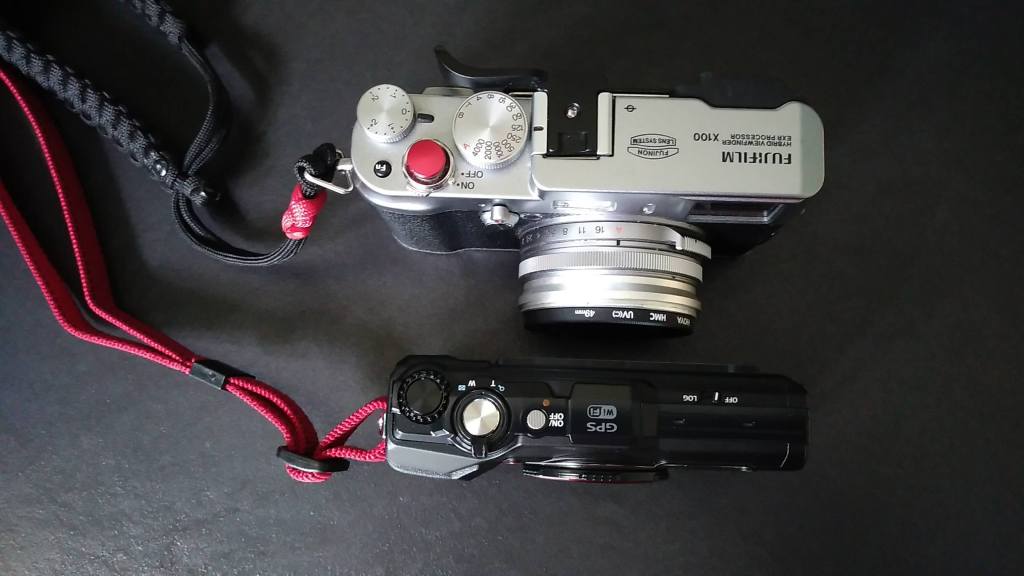
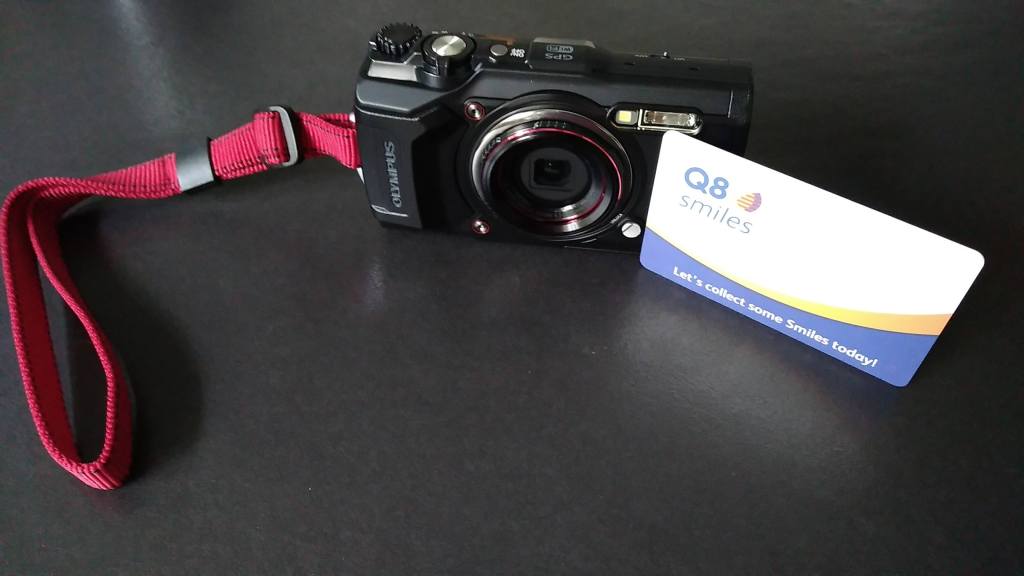
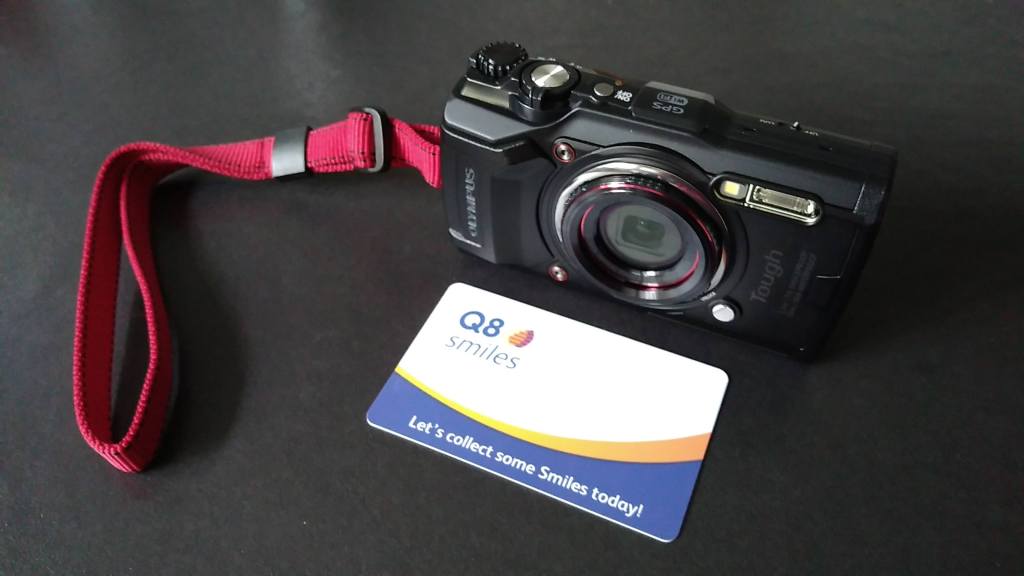

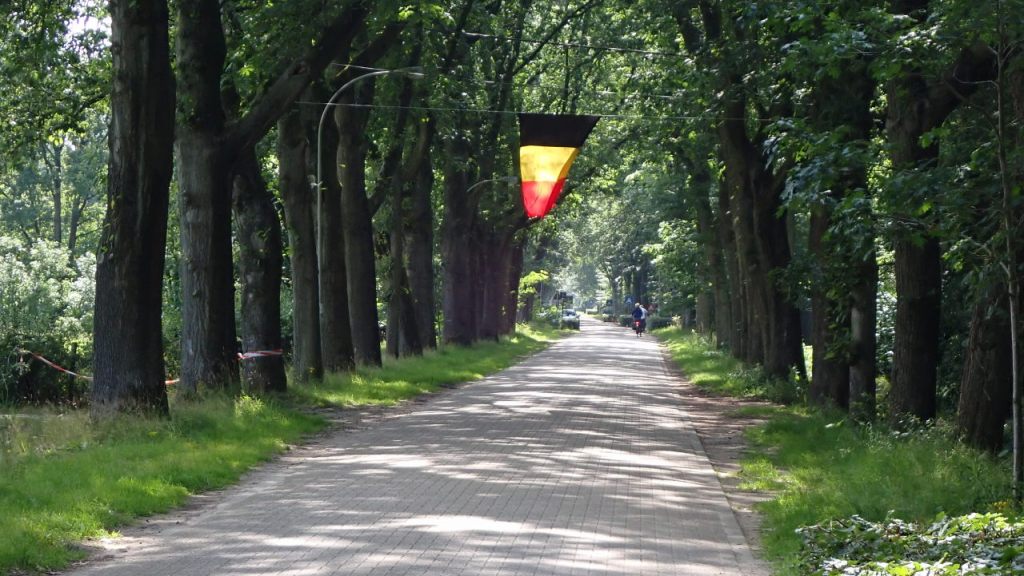
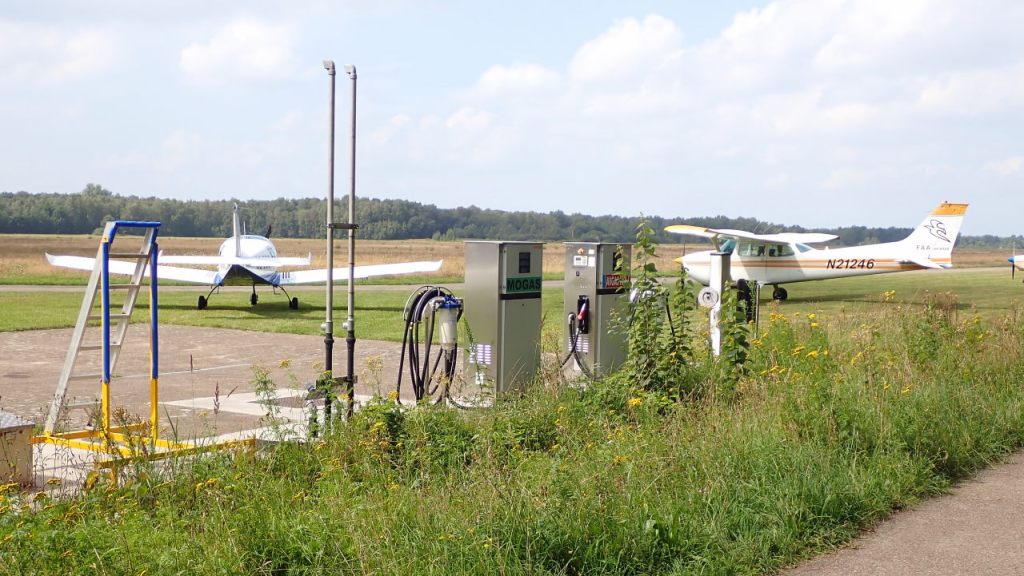
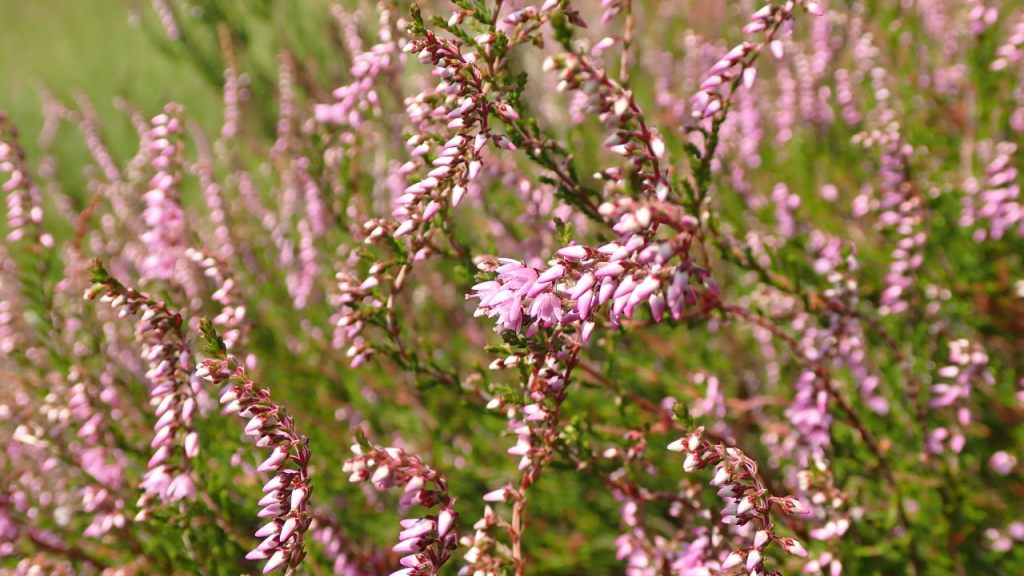
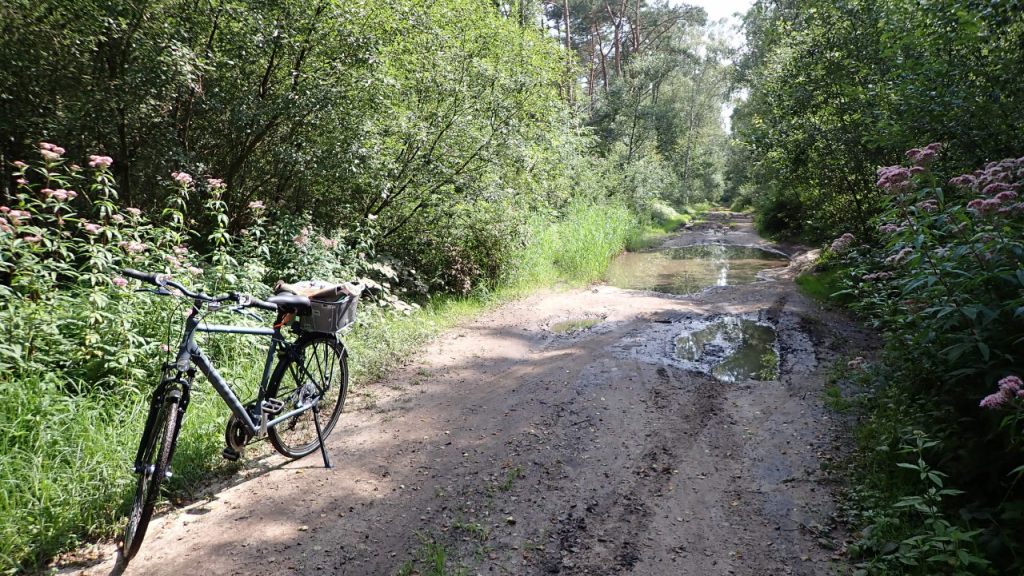
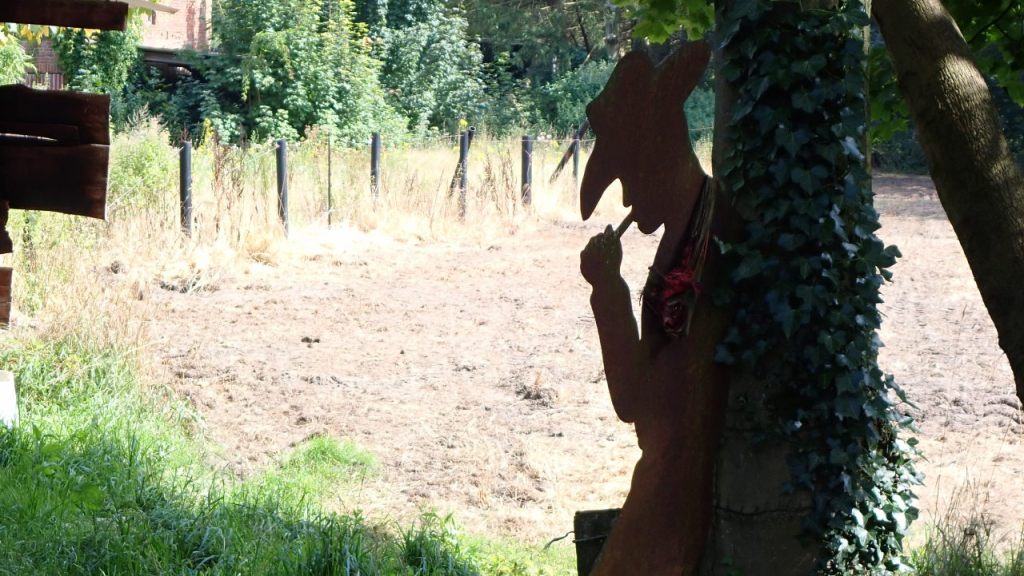
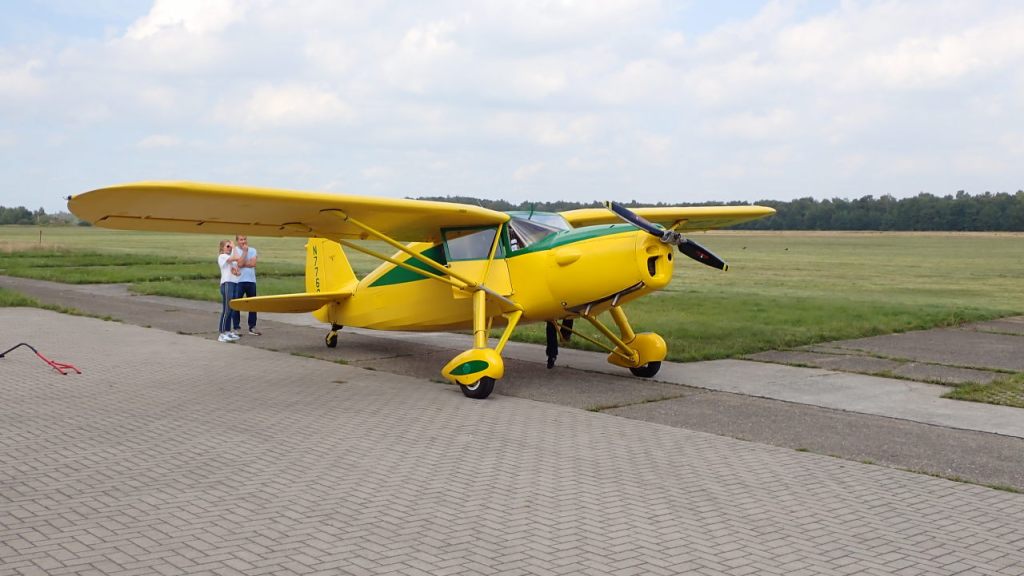
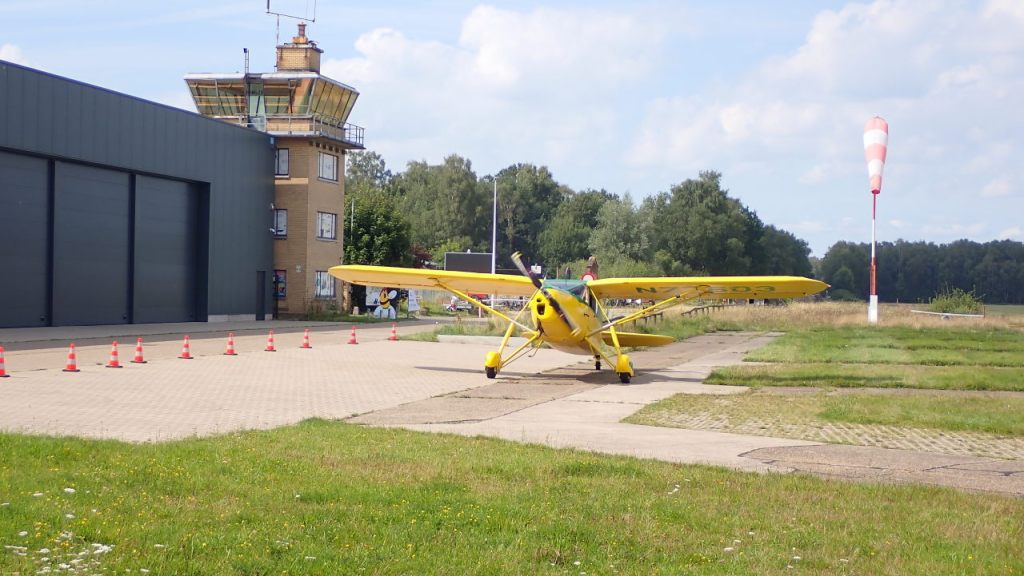
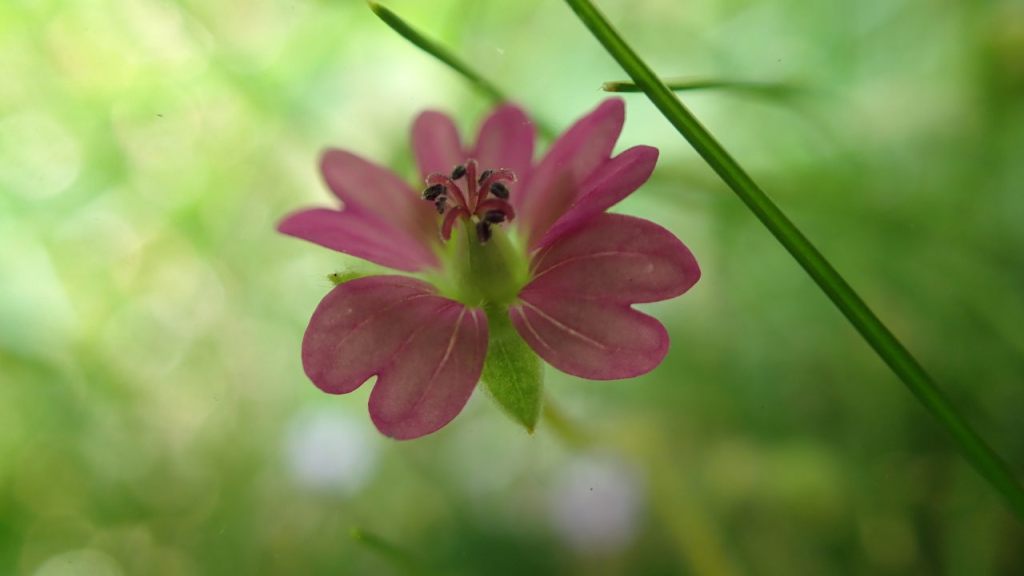
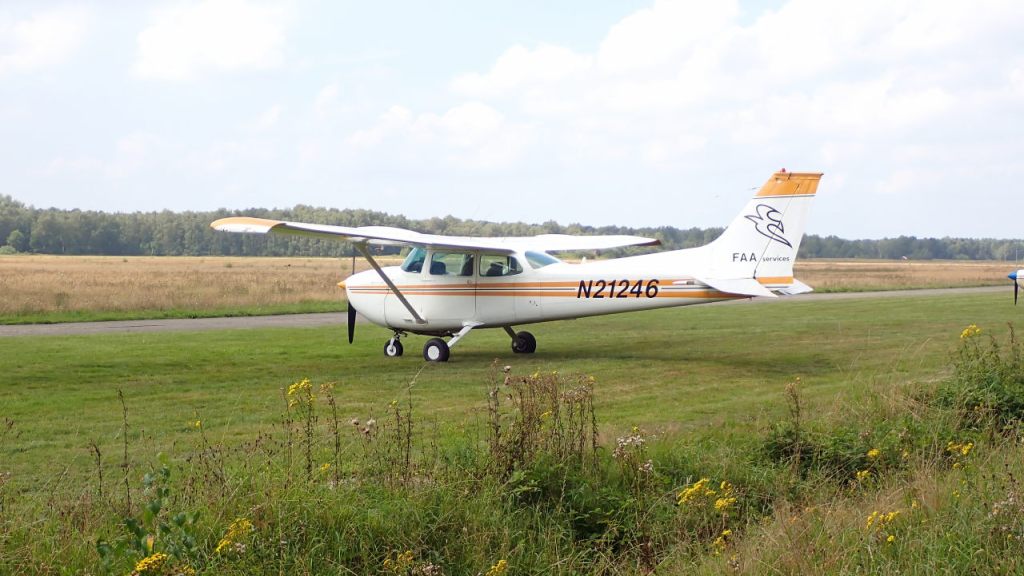
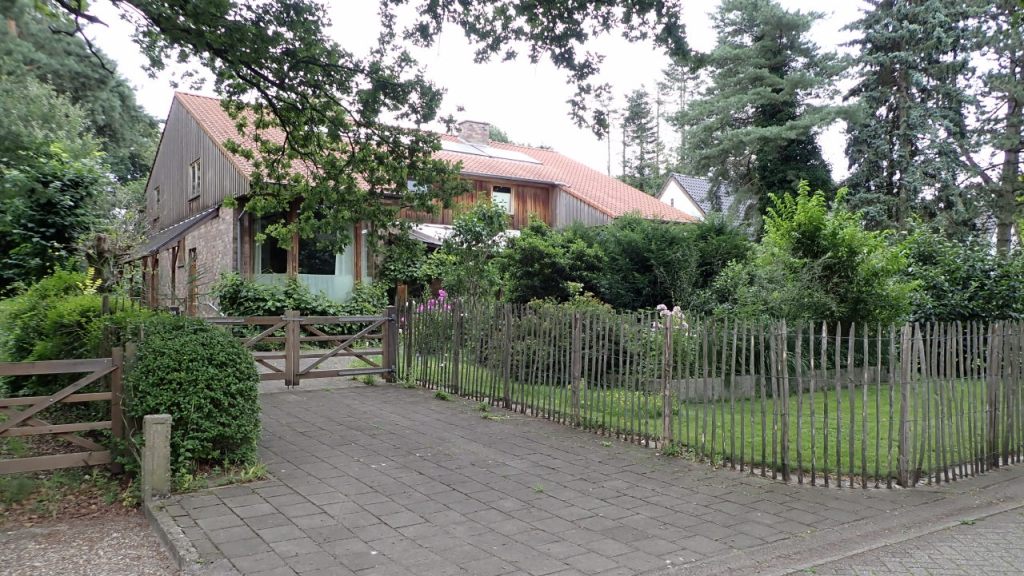
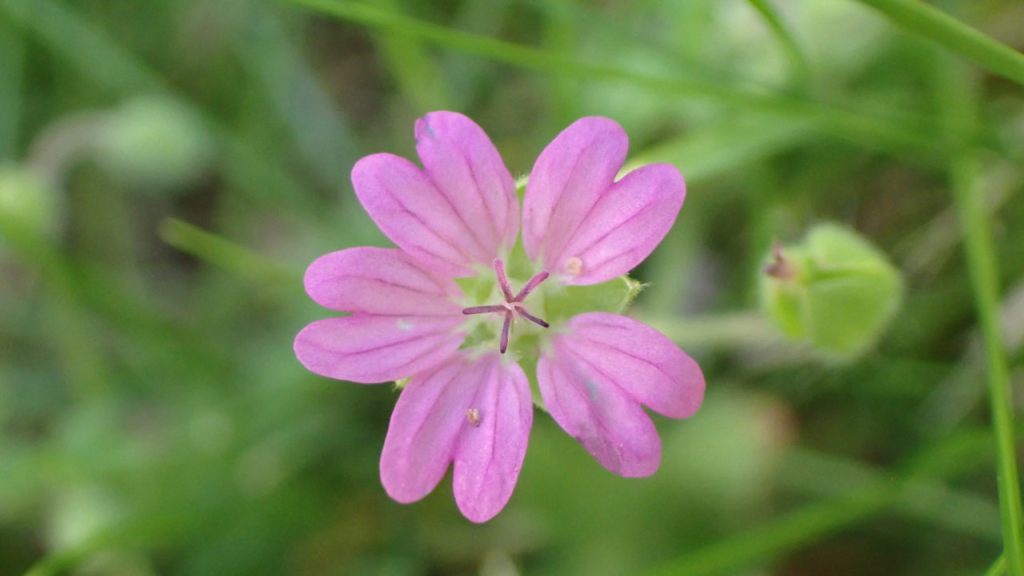
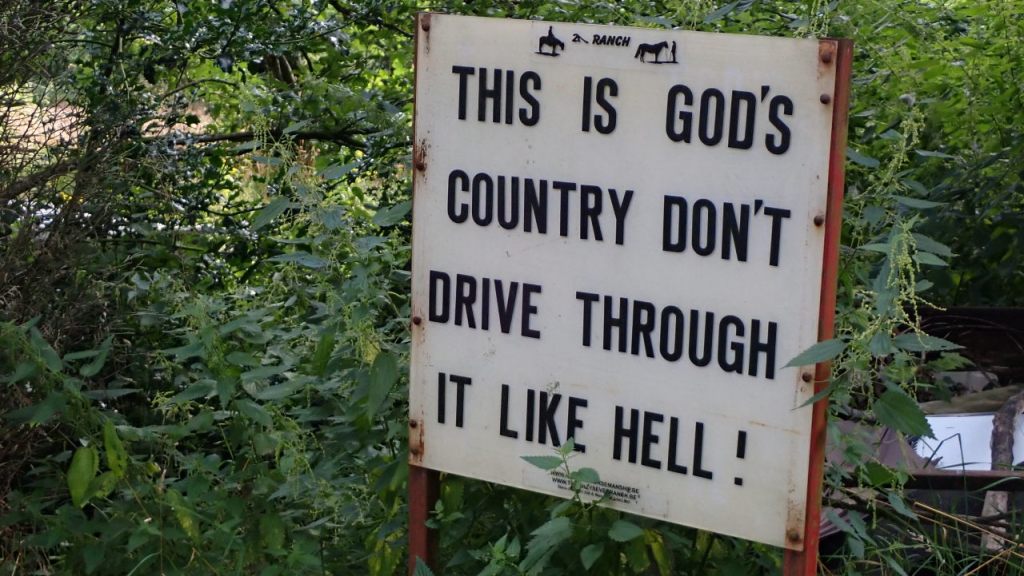
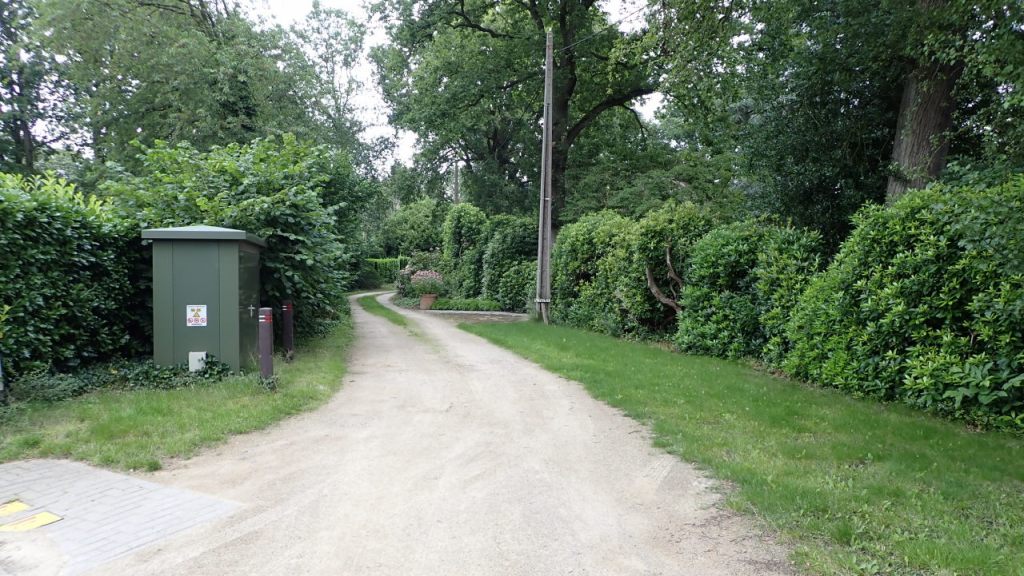
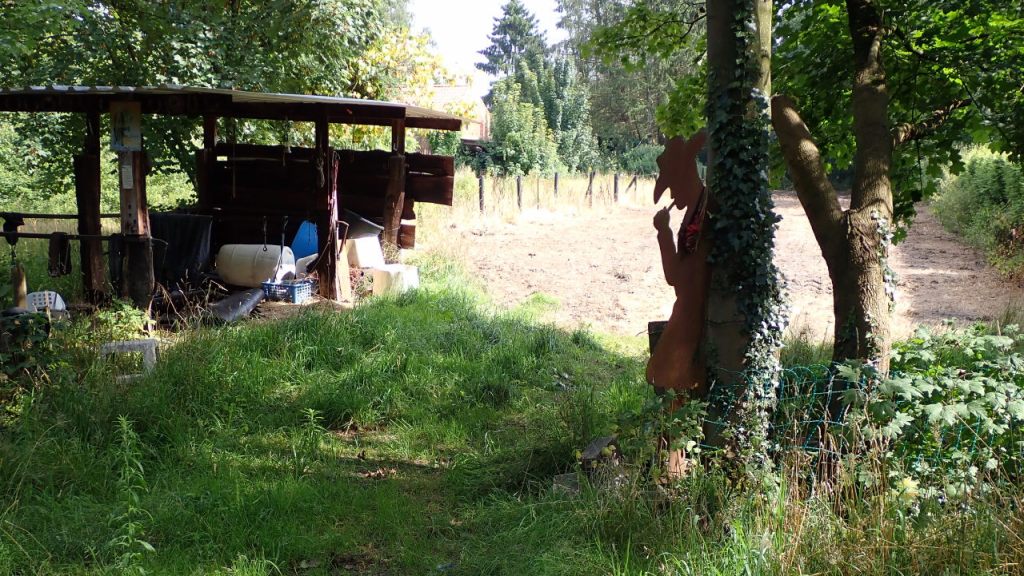
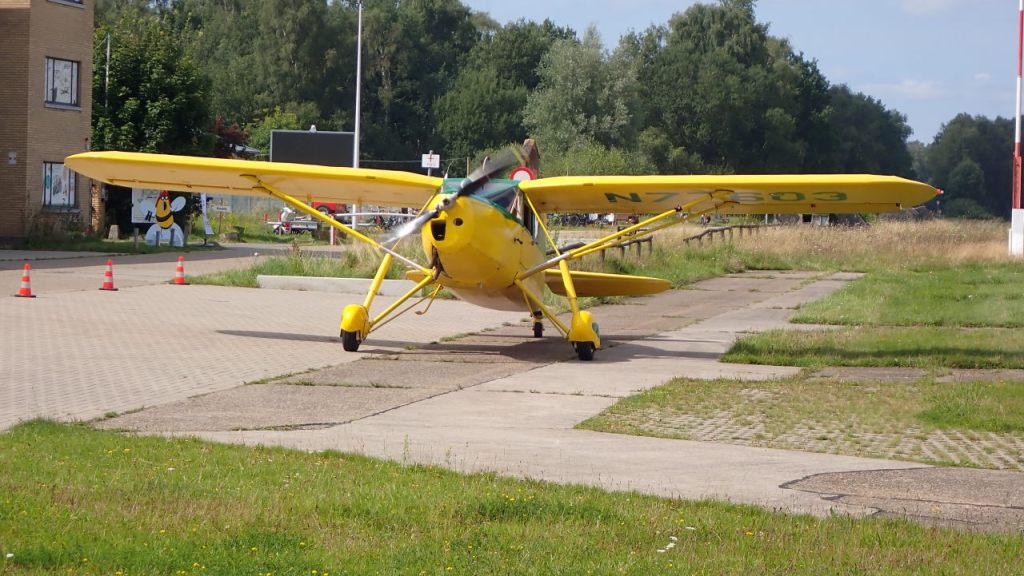
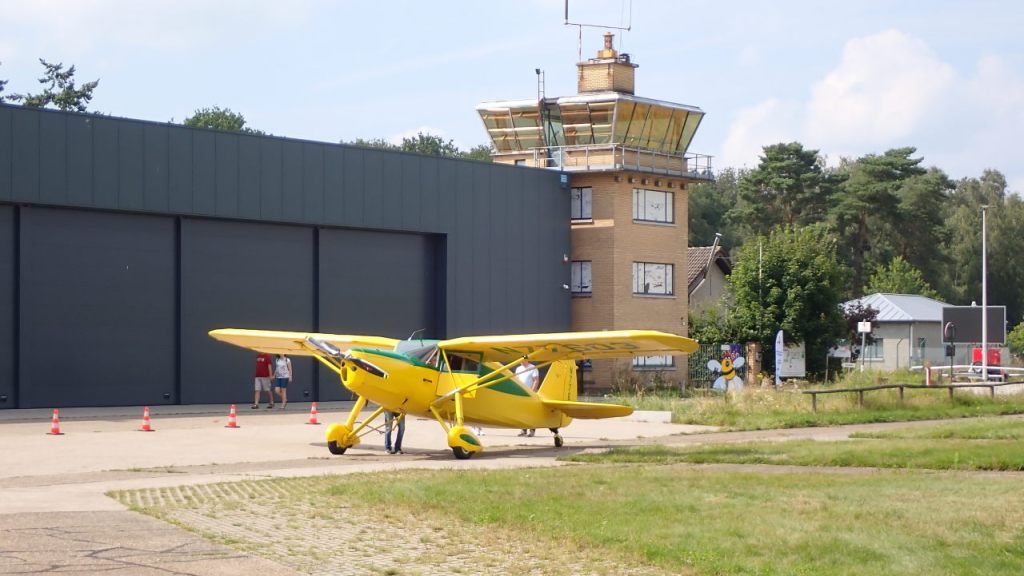



I’ve been looking for a similar camera to this, keep hearing the name Ricoh GR III, but they’re too expensive. This looks great though. I shall have to shop around and keep this in mind!
LikeLiked by 1 person
Hi Mark, the Ricoh GR III has an APS-C sensor, and is indeed top quality, cost will also be around €800/900. The Ricoh is more aimed at an audience that doesn’t want to walk around with a larger camera, but still wants good photos – the camera is not even weather-sealed and not tough either. The Oly TG-6 is really more intended for underwater, in sand (on the beach) and you can safely drop it on concrete. I’ve seen scary things about it. So it depends on what you want.
LikeLiked by 1 person